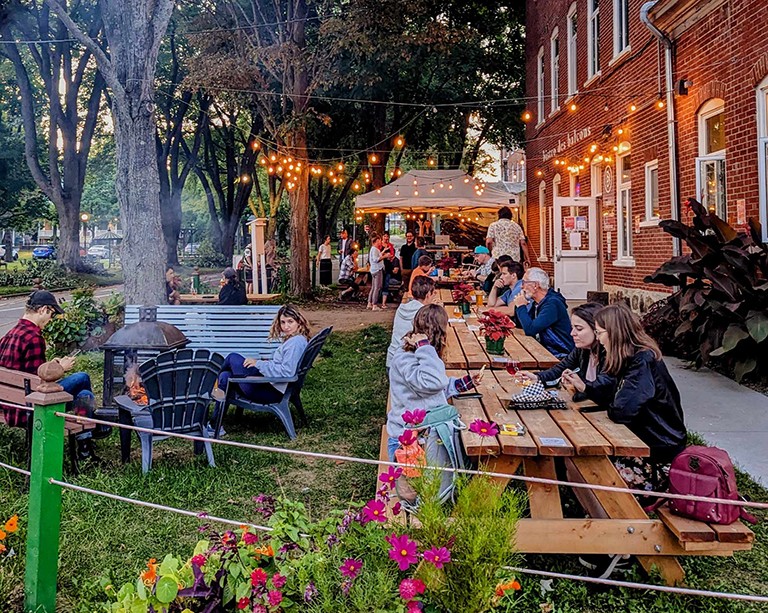Susan Cahill
Associate professor
School of Irish Studies at Concordia
“The book that completely blew my mind as a child was The Lion, The Witch and The Wardrobe by C.S. Lewis. Walking through a wardrobe into a mysterious land is about the best metaphor you can get for the magic of reading — open the pages of a book and you can travel anywhere. As a child I wasn’t thinking metaphorically though and I still get a frisson of excitement if I see an old wardrobe.
“A more recent love is Irish/French writer Moïra Fowley-Doyle’s young adult novel, The Accident Season, which I have assigned for my “IRST 398A / ENGL 359A - Narrating Irish Childhoods” course this term. It’s a wonderfully witchy novel about the liminal spaces of teenagehood, the secrets we keep, the stories we tell and the haunting pain of growing up. It also features a good dose of unexplained magic, tarot cards and a Halloween party in an abandoned house!”
On Thursday, October 6, Susan Cahill will moderate a conversation between illustrator and Irish children’s laureate PJ Lynch and Aoife Murray, events coordinator of Children’s Books Ireland (CBI). They’ll discuss the importance of literature for children, children’s book illustration and the role of organizations like CBI in engaging young people with literature.
Find out more about studying Early Childhood and Elementary Education (ECEE) at Concordia.










